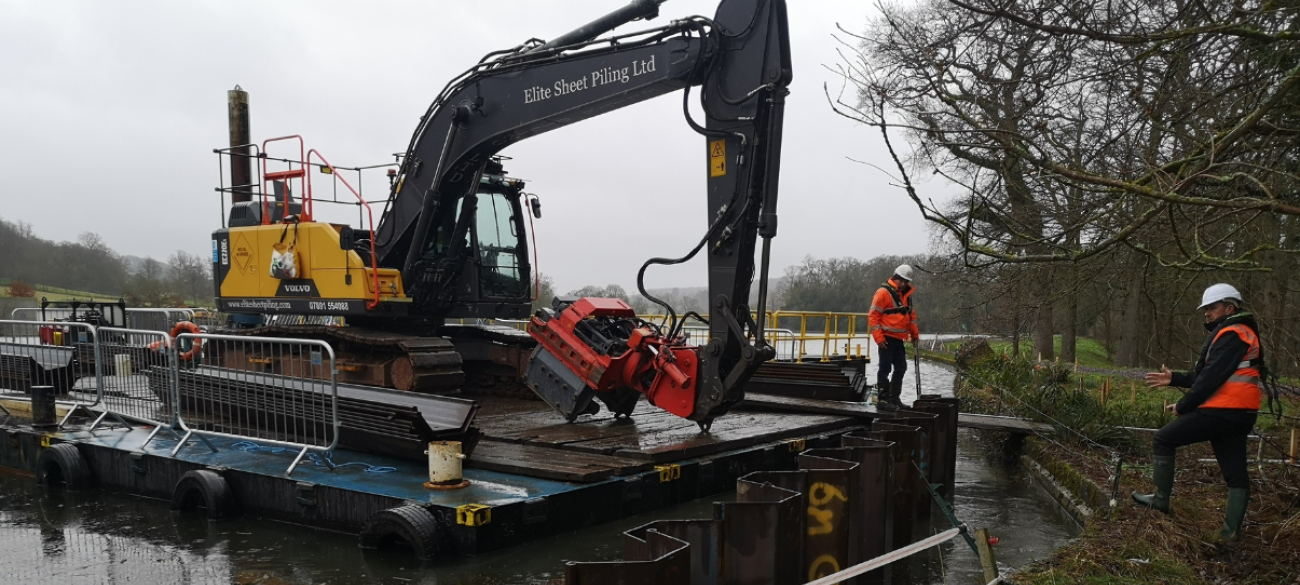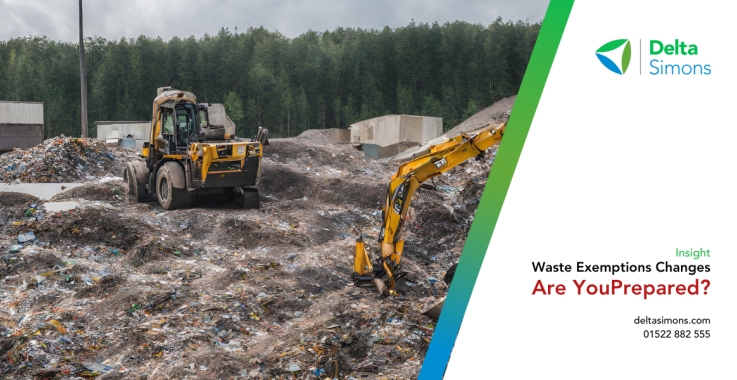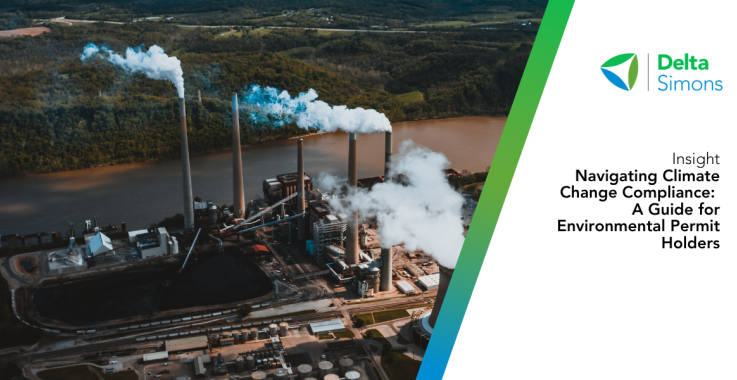Delta-Simons Geotechnical Team Deliver Swift Response Aiding The Progression Of Essential Restoration Project At Longleat Safari Park
11 Oct 2022
Contaminated Land
Geotechnical
Site Investigation
Believed to have been created in 1857 by Capability Brown, when an earth-fill embankment was constructed approximately at 5m above natural ground, Half Mile Pond reservoir now homes Californian sea lions and hippopotamus’ as part of the popular tourist destination, Longleat Safari Park.
As part of the Half Mile Pond £2M restoration project, our Geotechnical team were appointed to assess and investigate a small area of subsidence which had formed behind the existing retaining wall in the embankment supporting the reservoir. Associate Director, Pete Skinner, provides an in-depth review of the works conducted and the challenges faced during the project.
Located to the east of Longleat House, an Elizabethan stately home, Delta-Simons’ specialist Geotechnical team is helping preserve the Half Mile Pond reservoir and dam.
Our client proposed to upgrade the western retaining wall of the Half Mile Pond reservoir at Longleat Safari Park, which had been subject to progressive subsidence in one of the retaining walls; this could result in overtopping, a 1:10,000 year event. The aims of the project were to raise the crest level of the reservoir to combat flooding and construct a new sheet piled wall over a length of approximately 600m to depths of between 3m and 7 m depending on ground conditions, combatting the subsidence and degradation of the retaining wall.
In order to ensure the project was successful, and before works could start, site-specific ground investigation works had to be carried out to obtain a clear understanding of the current ground conditions and geotechnical risk. Our team was appointed to provide ground investigation services within the reservoir and to assist in the design of the sheet-piled wall to ensure its stability.
What are Ground Investigation Surveys?
Ground investigation surveys are a range of intrusive activities designed to determine the quality and characteristics of your site’s ground. Unlike site investigations, where general information is gathered about your site's historic use and desktop level surveys, intrusive geotechnical ground investigation surveys dig deep into the detail, sampling and analysing the properties of the soils for contamination, underground faults, water pathways, voids, strata thickness, strength and durability. Your ground investigation is a fundamental part of your Phase 2 Site Investigation report.
Longleat commissioned ground investigation works as part of the project’s planning stages to ensure potential issues and risks that may affect the restoration project timeline and budget are accounted for.
Site-Specific Ground Investigations
Our team undertook a larger ground investigation along the full length of the western boundary of the Half Mile Pond to inform design parameters for the construction of the new sheet pile wall. To ensure our site investigation provided clarity of the ground conditions both around and under Half Mile Pond, our team conducted an overwater investigation, utilising a drilling rig mounted on a platform supported by an excavator located on the crest of the embankment, which minimised disruption to the wildlife in the pond.
Due to the volumetric pressure the dam faces from holding an estimated 110,480t of water and additional load from the Longleat Railway that runs next to the western side of the lake, our ground investigations indicated the embankment had locally softened due to water ingress through the existing retaining wall, which increased the need for the new sheet pile wall to be constructed.
Following the completion of the ground investigation works, our team, in conjunction with our partners and the structural engineer for the scheme, Evolve Civil & Structural Engineers, undertook a series of geotechnical designs for the proposed sheet pile wall to determine its stability and deflections post construction accounting for the operation of the miniature railway along the crest of the embankment. Where necessary, the sheet pile wall was supported by ground anchors to minimise post-construction deflections.
Through conducting the initial ground investigation surveys, we were able to advise the client of any areas of soft ground within the embankment identified for further stabilisation measures, mitigate the risk of unforeseen costs or delays to the project timeline and reduce the overall numbers of ground anchors with associated cost and programme savings.
Prior to undertaking any excavation or ground preparation works for your project, a Ground Investigation must be carried out to ensure you have implemented the correct control measures that reduce environmental impact and risk to life to a practicable level.
What do the ground investigation regulations say?
Based on previous guidance published by the Environment Agency (EA), Model Procedures for the Management of Land Contamination - Contaminated Land Report (CLR11) which was withdrawn in 2020, the guidance for managing land contamination, Land Contamination: Risk Management (LCRM), simplifies the process of managing the risks of contaminated land.
The guidance helps landowners, property owners, and employers with “how to assess if there's an unacceptable risk, decide which options are the most suitable to manage the risk and implement remediation if needed”. The guidance expects that ‘appropriate persons’ must implement control measures to assess, identify, and manage the risks of pollution, rectify any contaminations, and seek specialist advice where appropriate.
Our Capabilities
Our team of specialist ground investigation surveyors and analysts are trained to assess the integrity and condition of your ground, as well as identify any needs for intrusive ground investigation, helping your construction team to amend project specifications and designs, and navigating potential issues prior to construction works.
About the Author
Delta-Simons’ Associate Director Pete Skinner has over 20 years of geotechnical engineering experience for both consultancy and civil engineering companies.
Pete has significant experience in site investigation and geotechnical design for commercial, residential, industrial and infrastructure developments across the UK. Further, he has particular experience in the interpretation and treatment of abandoned mineworkings, the installation and interpretation of soil and rock instrumentation, the geohazards of windfarms and many other aspects of geotechnical engineering.
At Delta-Simons, Pete manages geotechnical workloads for a variety of site development, structural engineering and infrastructure-related projects with a particular focus on private sector developments, transport infrastructure, power generation and delivery projects.
Mitigate the risk and remove the pain from managing your project, get in touch with Pete and his team today.
Pete Skinner
Associate Director
E: pete.skinner@deltasimons.com
Linkedin: Pete Skinner




